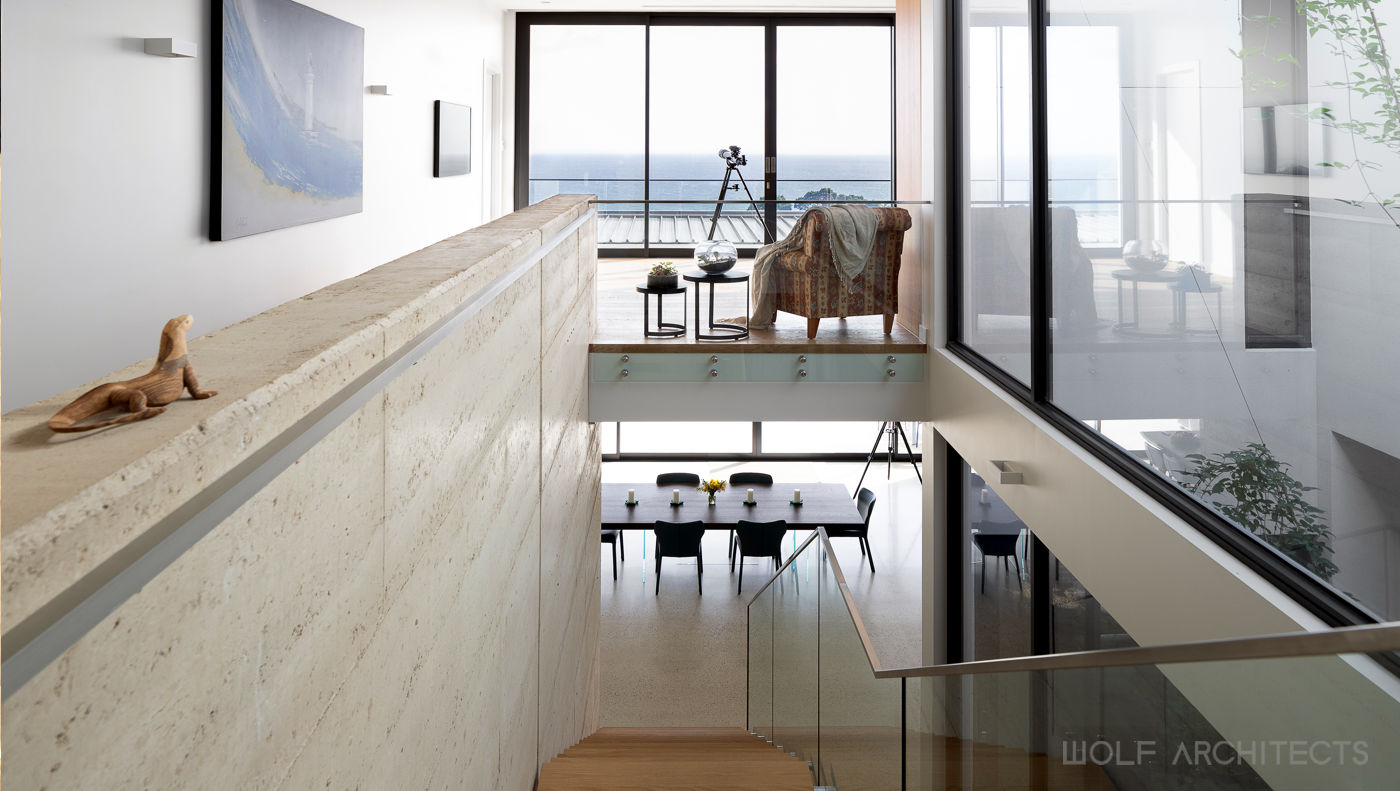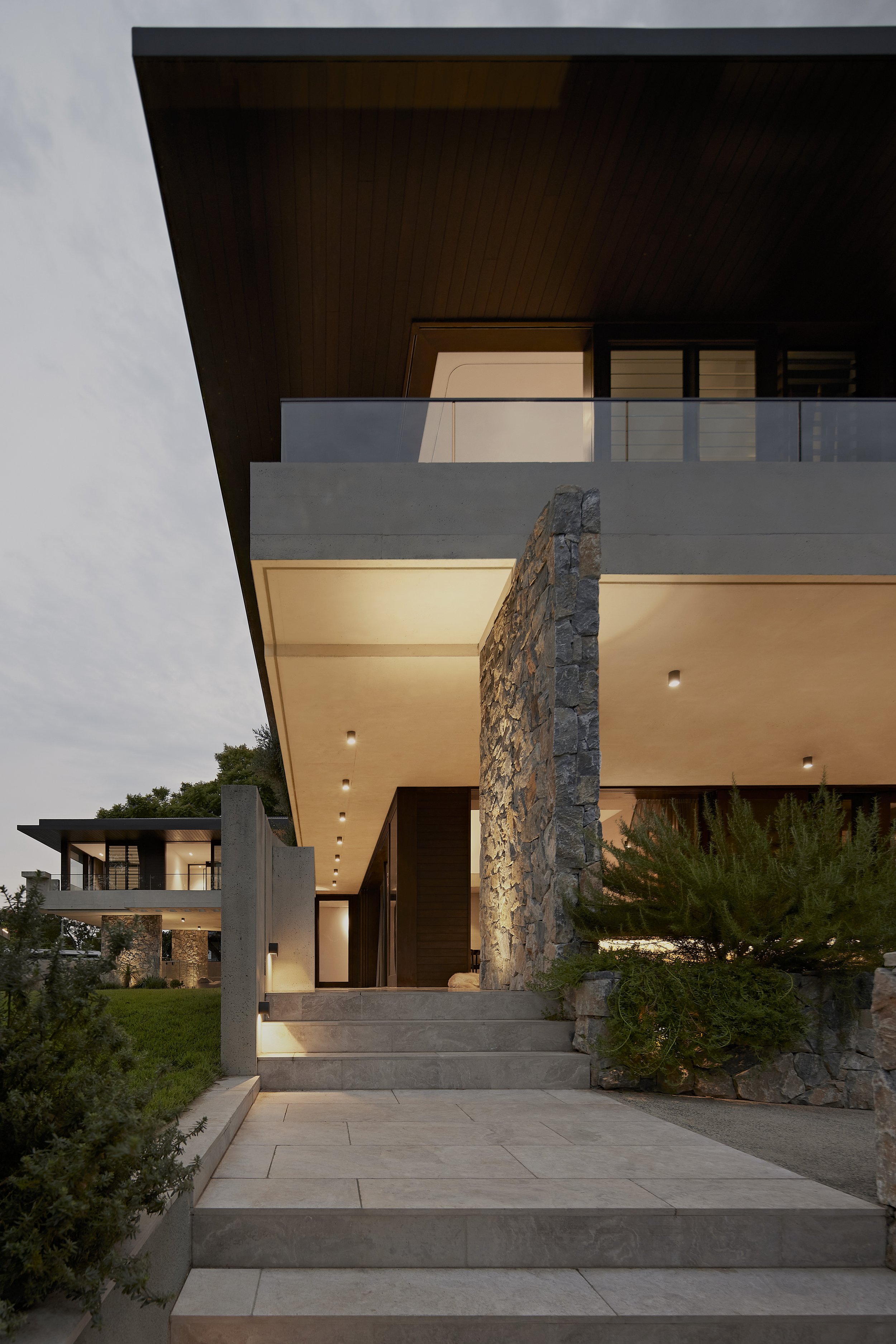Residential Interior Architect: Specialized Design Services for Beautiful Living Spaces
Wiki Article
Top Trends in Residential Style You Need To Know About
As property architecture continues to advance, numerous compelling fads are shaping the method we develop and populate our living rooms. Key developments such as sustainable structure methods, the assimilation of wise home technology, and the surge of modular homes underscore a significant change in the direction of both performance and environmental duty.
Lasting Building Practices
An enhancing variety of property projects are welcoming lasting structure practices, driven by an expanding awareness of environmental impact and energy performance. This shift is identified by the integration of environmentally friendly products, energy-efficient styles, and cutting-edge building techniques. Building contractors and home owners are significantly prioritizing using renewable energies, such as bamboo and recycled steels, which not just minimize the carbon footprint yet additionally improve the sturdiness and visual appeal of homes.Integrating energy-efficient systems is another vital aspect of sustainable building - residential house architect. Functions such as high-performance insulation, energy-efficient home windows, and solar panels are becoming criterion in brand-new residential styles. These components not only contribute to reduced power intake but additionally offer considerable long-lasting cost savings for property owners
Furthermore, the format of sustainable homes frequently stresses all-natural light and air flow, lowering the reliance on fabricated illumination and environment control systems. Landscaping methods, such as xeriscaping, additional promote sustainability by lessening water use.
As the demand for sustainable living options continues to climb, the residential architecture field is positioned to adjust and innovate, making sure that future homes are not just ecologically liable however also comfortable and useful for their passengers. - residential house architect
Smart Home Technology
Smart home technology is revolutionizing the method house owners communicate with their living rooms, enhancing safety and security, ease, and power administration. This cutting-edge approach incorporates numerous tools and systems, allowing customers to regulate their homes remotely or via automated procedures. Central to this trend is using smart tools such as thermostats, illumination, security cameras, and appliances, all attached using the Internet of Points (IoT)One of one of the most enticing attributes of smart home technology is the capability to personalize settings for optimal energy efficiency. Property owners can check energy use and readjust heating, lighting, and air conditioning based upon their regimens, significantly lowering energy prices. Innovative security systems equipped with wise locks and monitoring cameras provide tranquility of mind, making it possible for remote tracking and alerts to potential safety and security breaches.
Assimilation with voice-activated aides improves individual experience, enabling homeowners to control gadgets with simple voice commands. As technology proceeds to progress, the possibility for smart home systems to enhance lifestyle expands, making them a crucial factor to consider in modern domestic style. Inevitably, wise home innovation is not simply a fad yet a basic change towards a lot more smart living settings.
Open Concept Living
Open up principle living has actually arised as a specifying feature in contemporary domestic architecture, characterized by the removal of typical obstacles between areas. This style approach advertises fluidness and connectivity within the home, enabling a smooth shift in between areas such as the kitchen, eating, and living rooms. By removing partitions and wall surfaces, open concept designs develop a sense of space, cultivating an inviting ambience that enhances social communication.
In addition, this approach to residential layout aligns with minimalism, concentrating on useful simpleness and visual comprehensibility. Property owners value the versatility of these formats, which can be easily adapted to show personal design via furniture plan and decoration. As open principle living remains to acquire traction, it remains a testament to developing family characteristics and the need for homes that enhance link and convenience.
Biophilic Design
Biophilic design has actually come to be increasingly considerable in property design, stressing the intrinsic link in between humans and nature. This design approach seeks to integrate natural environments right into living rooms, consequently promoting a sense of wellness and boosting the lifestyle for residents. By incorporating functions such as natural light, greenery, and natural products, biophilic style advertises an unified connection in between interior atmospheres and the all-natural world.Crucial element of biophilic layout consist of huge windows that supply unobstructed sights of outdoor landscapes, living wall surfaces that introduce plant right into insides, and open layout that urge air movement and natural light penetration. Water features, both inside and outside the home, offer to produce comforting ambiences and improve sensory experiences.
Additionally, the usage of lasting materials not only supports environmental stewardship however likewise adds to healthier interior residential architects air top quality. As awareness of environmental concerns increases, home owners are increasingly prioritizing styles that reflect their link to nature. Basically, biophilic design not just elevates aesthetic charm however additionally addresses psychological and psychological needs, making it a crucial pattern in modern domestic architecture.
Modular and Prefab Residences

In addition, prefab and modular homes are developed with sustainability in mind. Lots of manufacturers utilize eco-friendly products and energy-efficient systems, such as photovoltaic panels and advanced insulation methods, contributing to lowered energy consumption and lower energy costs for homeowners. The versatility of design options enables personalization, satisfying diverse practical demands and aesthetic preferences.
As the demand for cost effective real estate remains to increase, prefab and modular homes present a sensible service, addressing both economic and ecological challenges. Areas are increasingly recognizing the potential of these structures, integrating them right into rural and metropolitan setups. In general, the trend towards prefab and modular homes indicates a shift toward much more lasting, efficient, and adaptable living settings, making them a critical aspect of modern property design.
Conclusion
Finally, the developing landscape of residential style showcases considerable trends that focus on modern technology, well-being, and sustainability. Lasting structure techniques and wise home modern technologies boost performance and comfort, while open concept living and biophilic layout foster social interaction and a connection to nature. Furthermore, the rise of prefab and modular homes provides adjustable and budget-friendly solutions, reflecting a broader shift in the direction of practical and accountable living. These fads collectively highlight a dedication to creating harmonious and cutting-edge property settings.Trick advancements such as sustainable building practices, the assimilation of smart home innovation, and the increase of modular homes emphasize a substantial change in the direction of both capability and environmental responsibility.The increase of prefab and modular homes has changed the residential design landscape, offering innovative services for effective and sustainable living.Furthermore, prefab and modular homes are created with sustainability in mind. Generally, the fad toward modular and prefab homes signifies a change toward more lasting, effective, and adaptable living environments, making them a pivotal facet of contemporary household architecture.
Lasting structure practices and wise home technologies enhance effectiveness and ease, while open principle living and biophilic style foster social communication and a connection to nature.
Report this wiki page